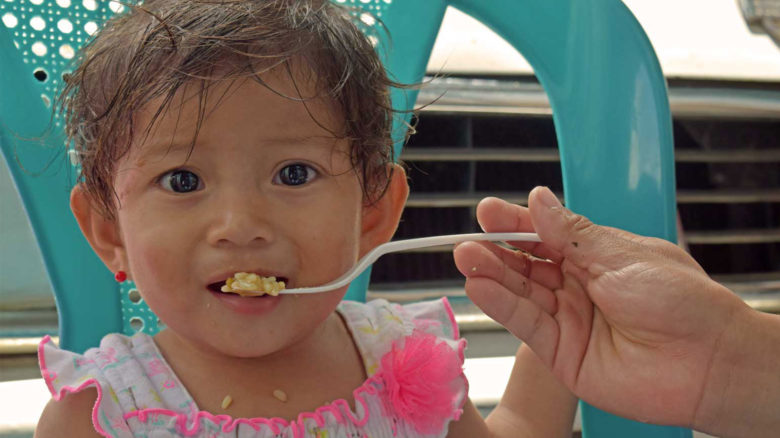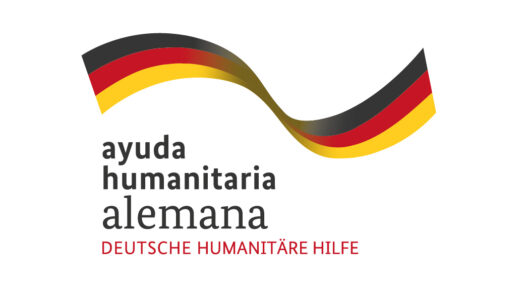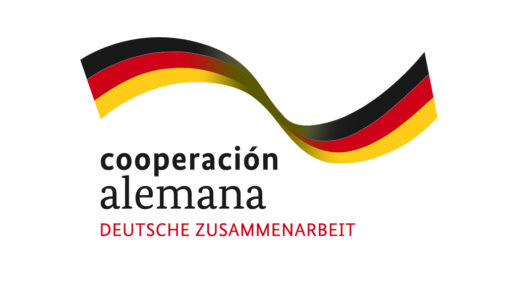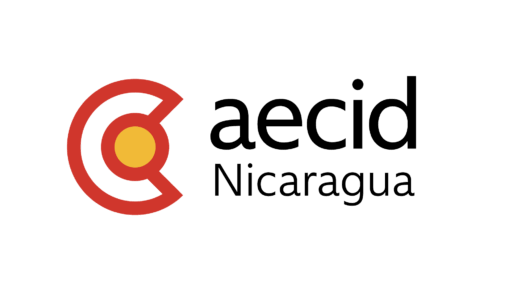Despite the fact that most regions of Guatemala have registered a good harvest of basic grains for first season in 2016, a study of child malnutrition and food security carried out by ASB in 6 municipalities of the Guatemalan Dry Corridor reveals a worrying prevalence of global acute malnutrition (3.8% average, with one municipality at 9.1%) and the stock-outs of basic grains of most families (68% of families have stocks for less than 1 month), among several other alarming findings. This is due to the fact that for the fourth consecutive year these municipalities have registered significant losses in their crops due to irregular distribution and little accumulation of rain during critical periods.
The diagnosis was based on the standardized monitoring and evaluation methodology in emergency and transition situations (SMART). It was held in September 2016, that is, at the end of the period of seasonal hunger, in the municipalities of Jocotán, Camotán, Chiquimula, Zacapa, Cabañas and Huité in the departments of Zacapa and Chiquimula in Guatemala. A total of 465 children under 5 and their families were surveyed, a representative sample of 426 rural communities in 6 rural municipalities with 211,363 inhabitants, of whom 170,101 were children under 5.
In the areas evaluated, food assistance from third parties (Government, United Nations, national and international NGOs) in 2016 has been insufficient in terms of geographical coverage and in coverage period to meet the basic food needs of all food insecure families. Only 29.2% of the families assessed have received food aid (food or monetary aid).
Based on the main findings of this study, and in line with FEWSNET forecasts, a food crisis (CIF, Level 3) is predicted for the period February to May 2017 in the communities of the municipalities evaluated in the framework of this study. Lower stocks of the primary maize crop, coupled with stock shortages accumulated over the past few years, will bring forward the onset of the hunger period from May/June (normal year) to March/April in 2017.
The depletion of basic grain reserves that has been dragged out for 3-4 years as a result of consecutive droughts, cannot be recovered due to the acceptable post-harvest period at the end of 2016 and/or the improved availability of seasonal work in the coffee harvest due to the lower incidence of rust observed this year.
For the time period from June to September 2017, there may even be certain communities or areas in a food emergency (IPC, Level 4).
The municipalities of Cabañas and Jocotán require special attention, as they have indicators of global acute malnutrition above 5% in September 2016.
To conclude, it is important to mention that there are underlying factors, as evidenced by: the poverty in which families live, the high prevalence of chronic malnutrition in children under 5 years of age (72.1%) and the phenomenon of seasonal hunger that reoccurs year after year to a greater or lesser extent, with or without drought, among others, which highlight the structural problem faced by families evaluated in order to achieve sustained and sustainable food security, beyond the situation of drought.
Sustainable long-term food security will only be possible if structural factors are addressed in a multisectoral manner, in a joint effort between actors from the different sectors, public, private and civil society, as mentioned in the recommendations of this study.







